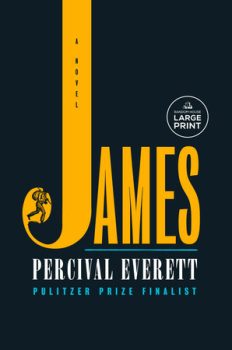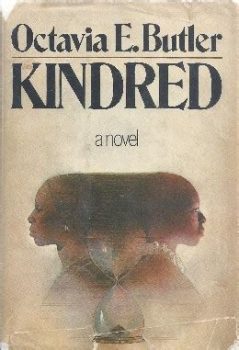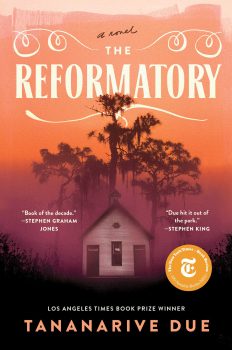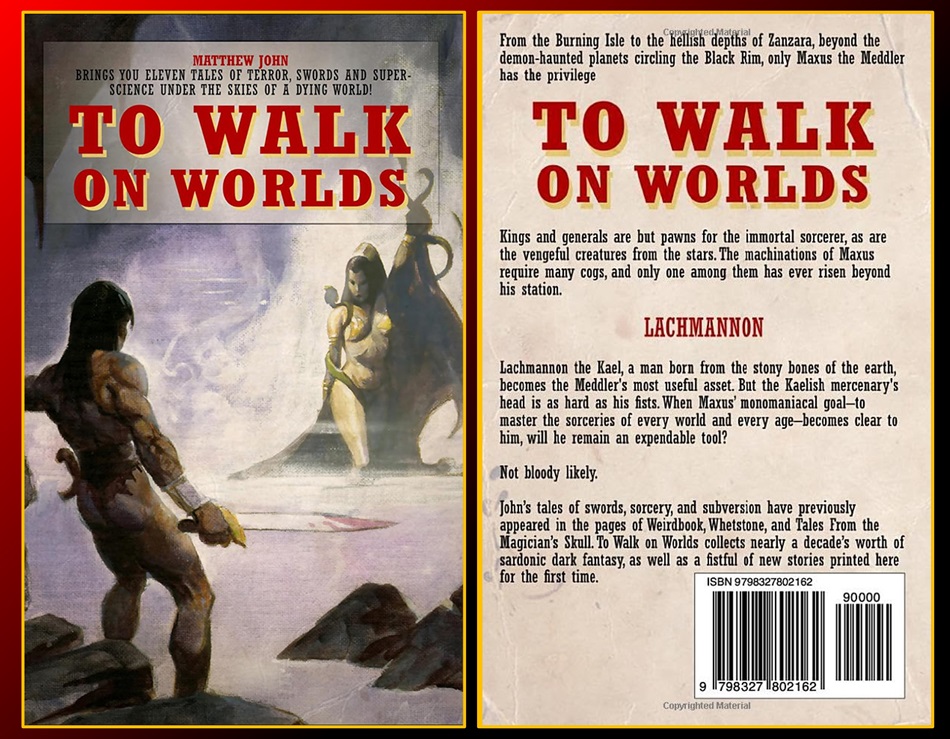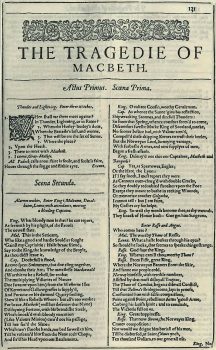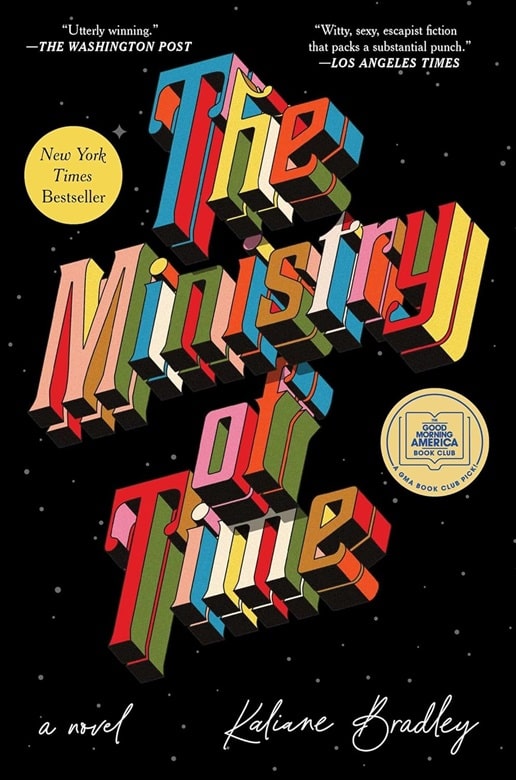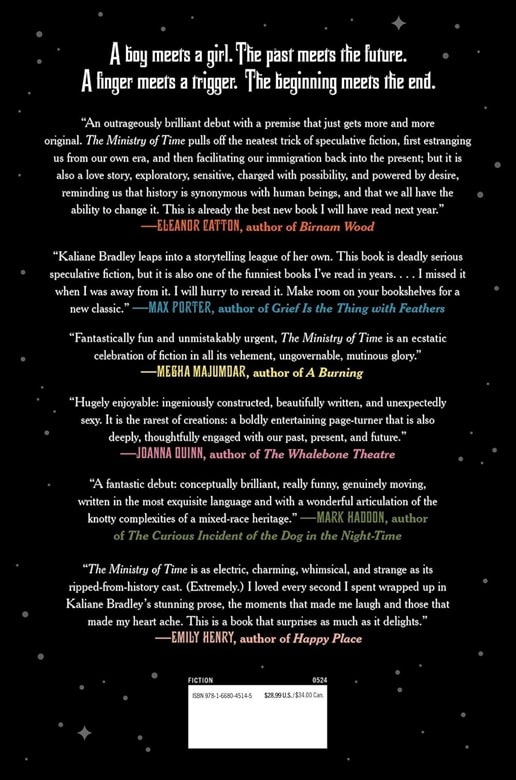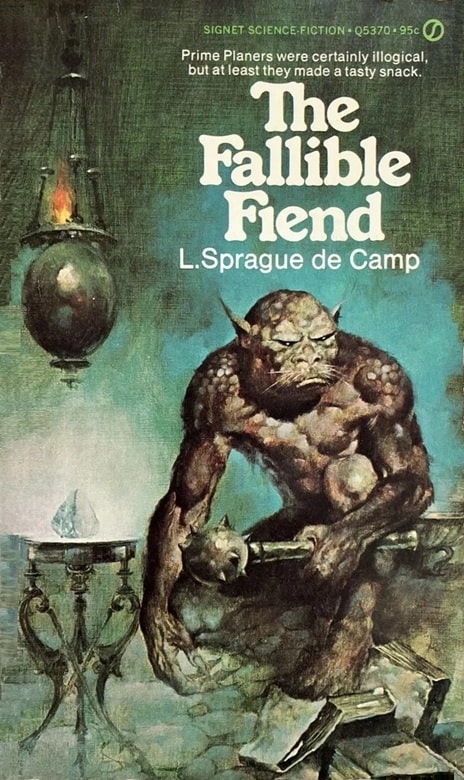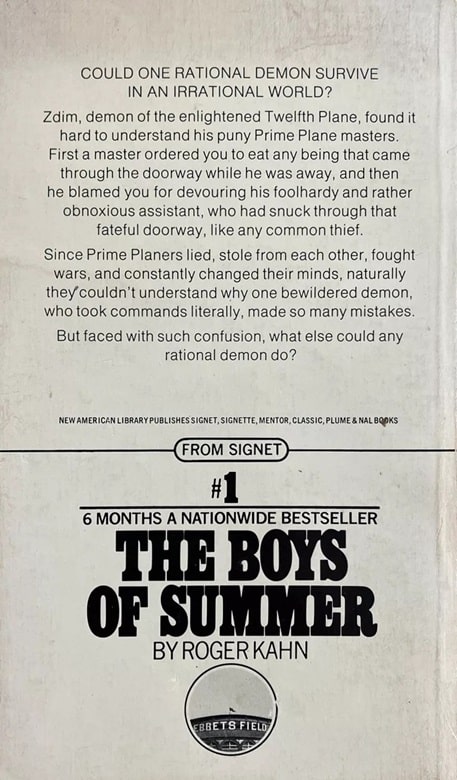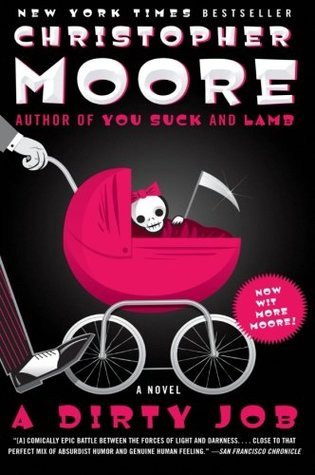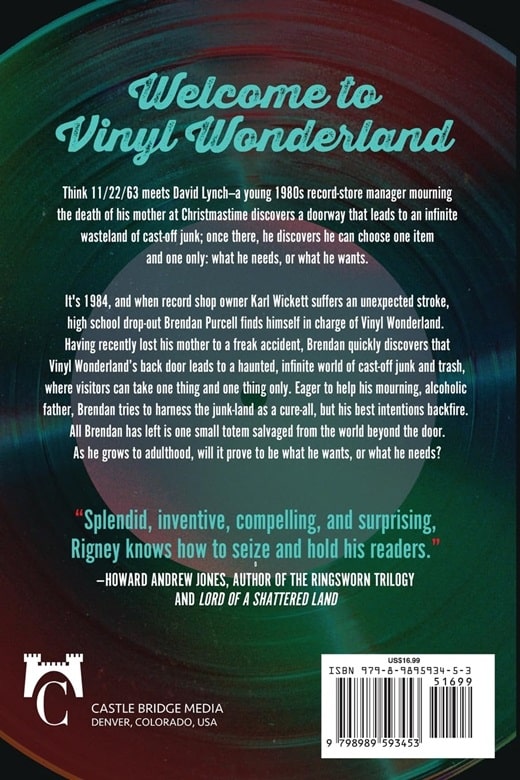The Great Escapes: James, Kindred, The Reformatory by Percival Everett, Octavia Butler, and Tananarive Due
James (Doubleday, March 19, 2024), Kindred (Doubleday,
July 1979), and The Reformatory (S&S/Saga Press, October 31, 2023
Percival Everett’s James is receiving a lot of well-deserved critical praise. As the title indicates (and the choice of the formal name a key trope), this reimagining of The Adventures of Huckleberry Finn elevates the escaped slave Jim from supporting stereotypical character to leading man status. Fearing he is about to be sold by his owner and separated from his family, James becomes a runaway not just for his own sake, but to find a way to free his wife and daughter. Along the way, he meets Huck who has just faked his death to escape an abusive father. So far we’re close to Twain’s original, and while Everett retains some events, the perspective shifts to focus on James’s journey towards safety and dignity.
As with many of Everett’s novels, James is a satire of white perceptions of Blacks, reinventing James as highly literate and articulate. In an ironic reversal of enslaver laws that prohibit educating slaves, all Blacks are well-spoken amongst themselves and only resort to uneducated and subservient slang when in presence of their white oppressors. James calls it a “slave filter”: “White folks expect us to sound a certain way and it can only help if we don’t disappoint them. The only ones who suffer when they are made to feel inferior is us.”
Highly recommended, as is just about anything in the Everett catalog.
